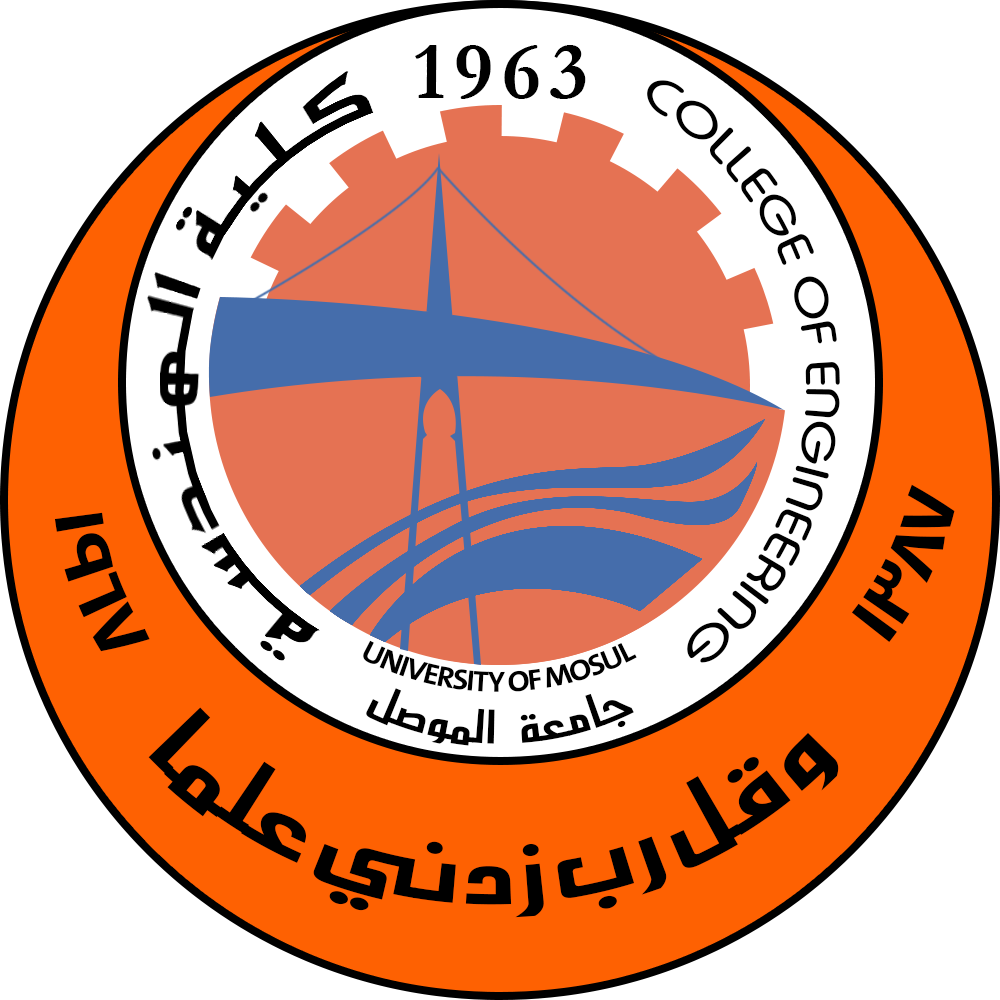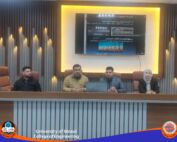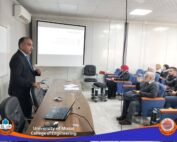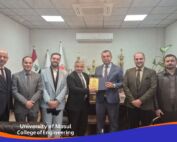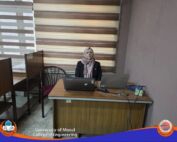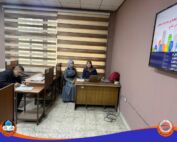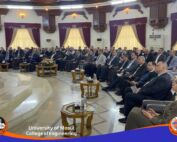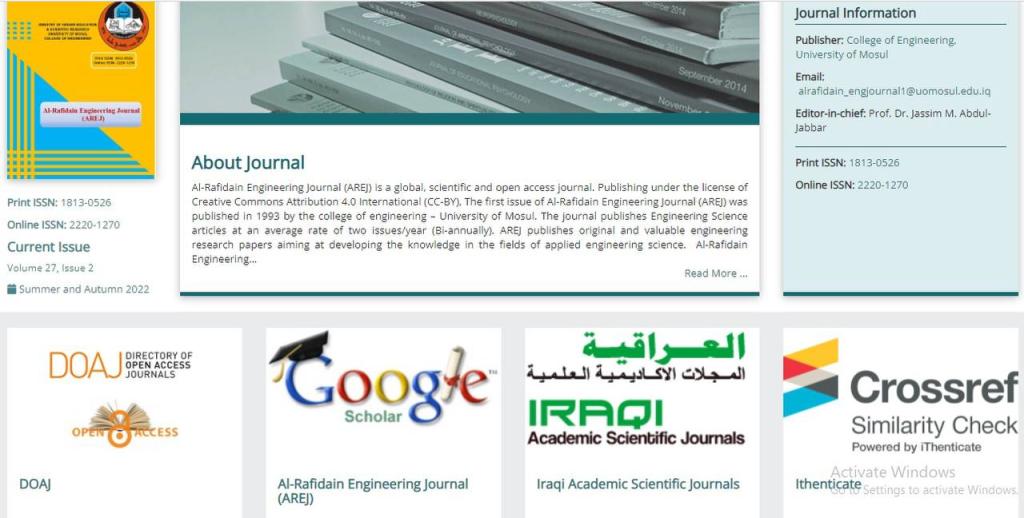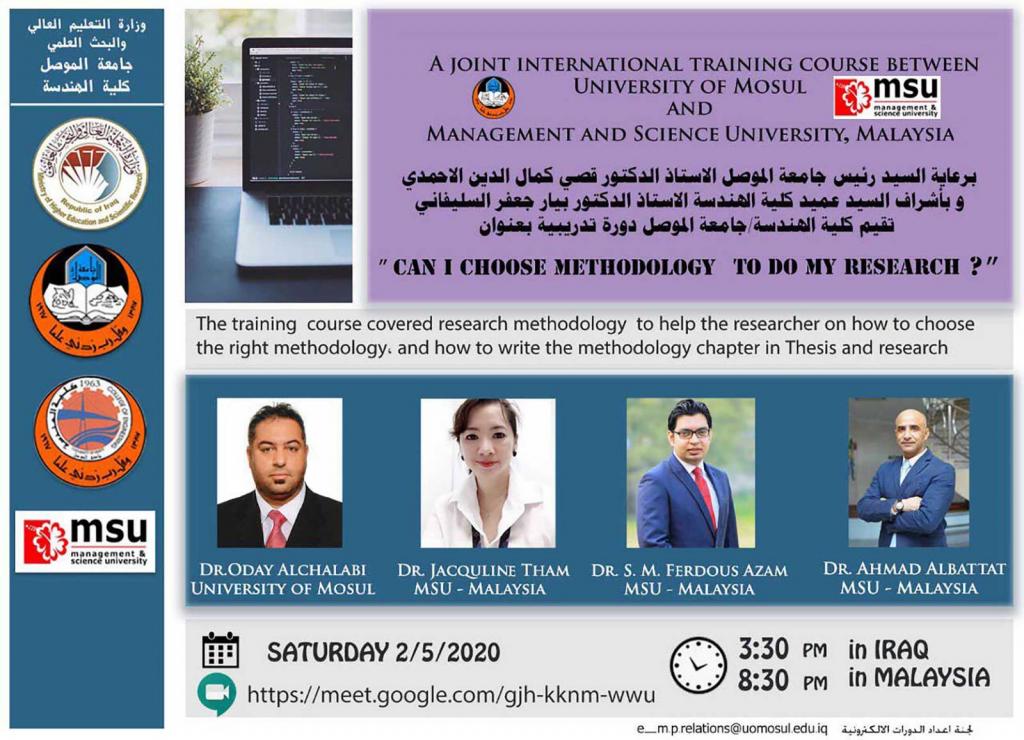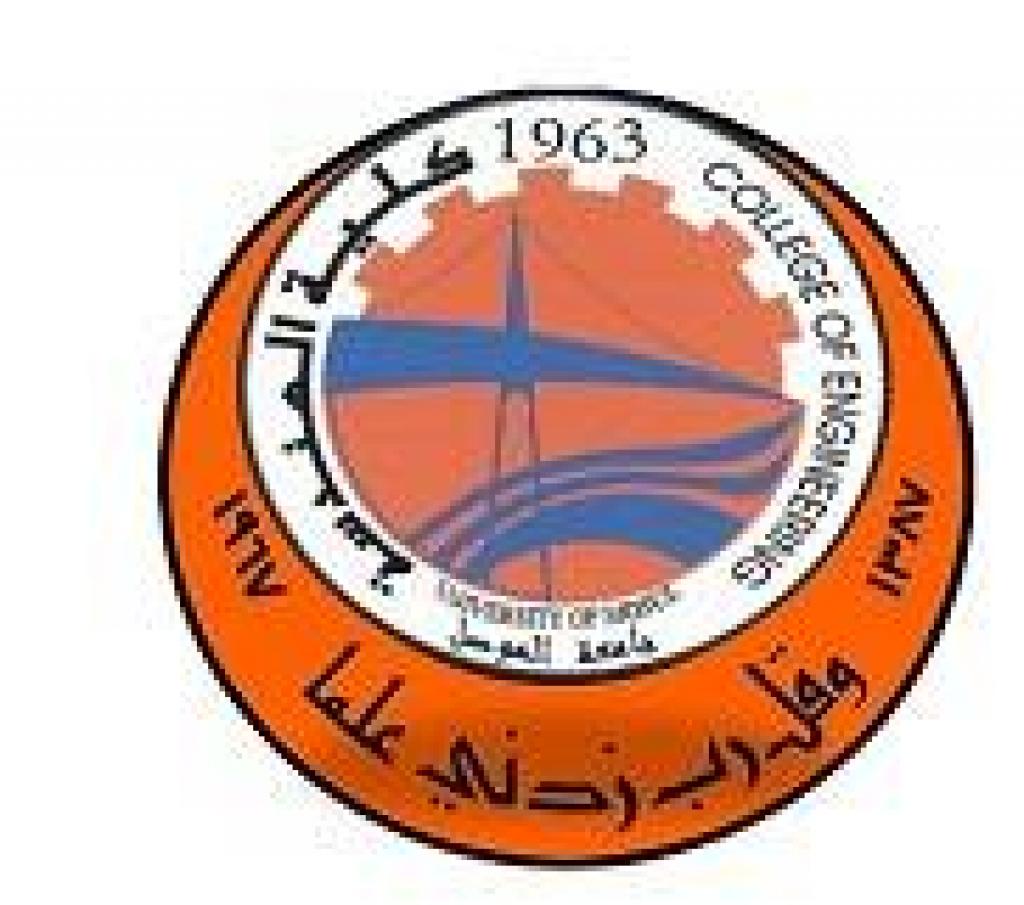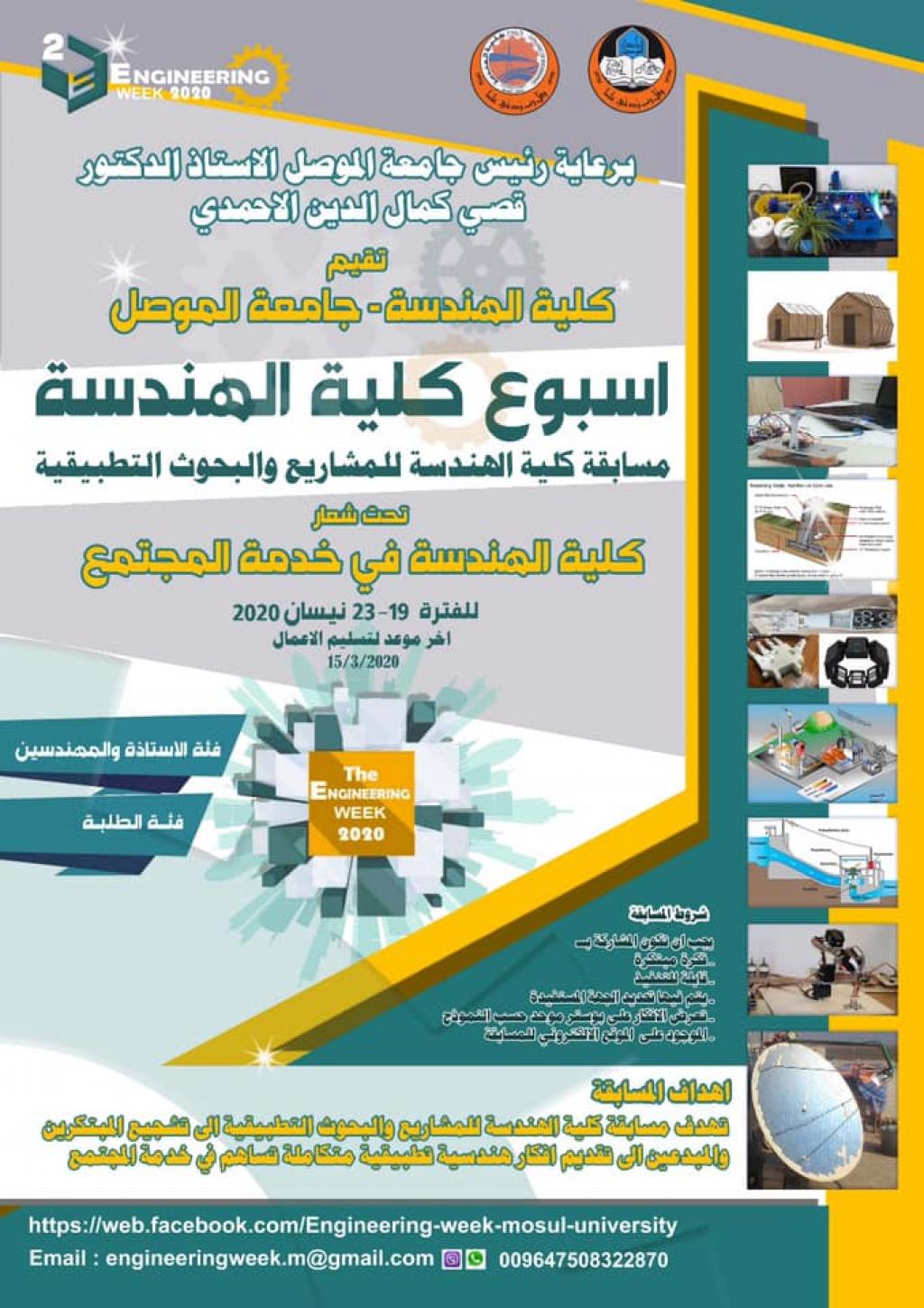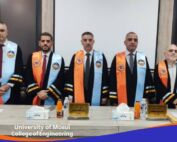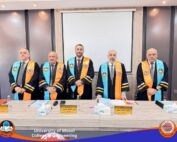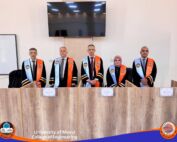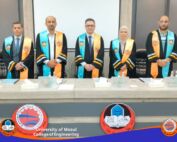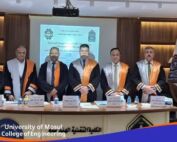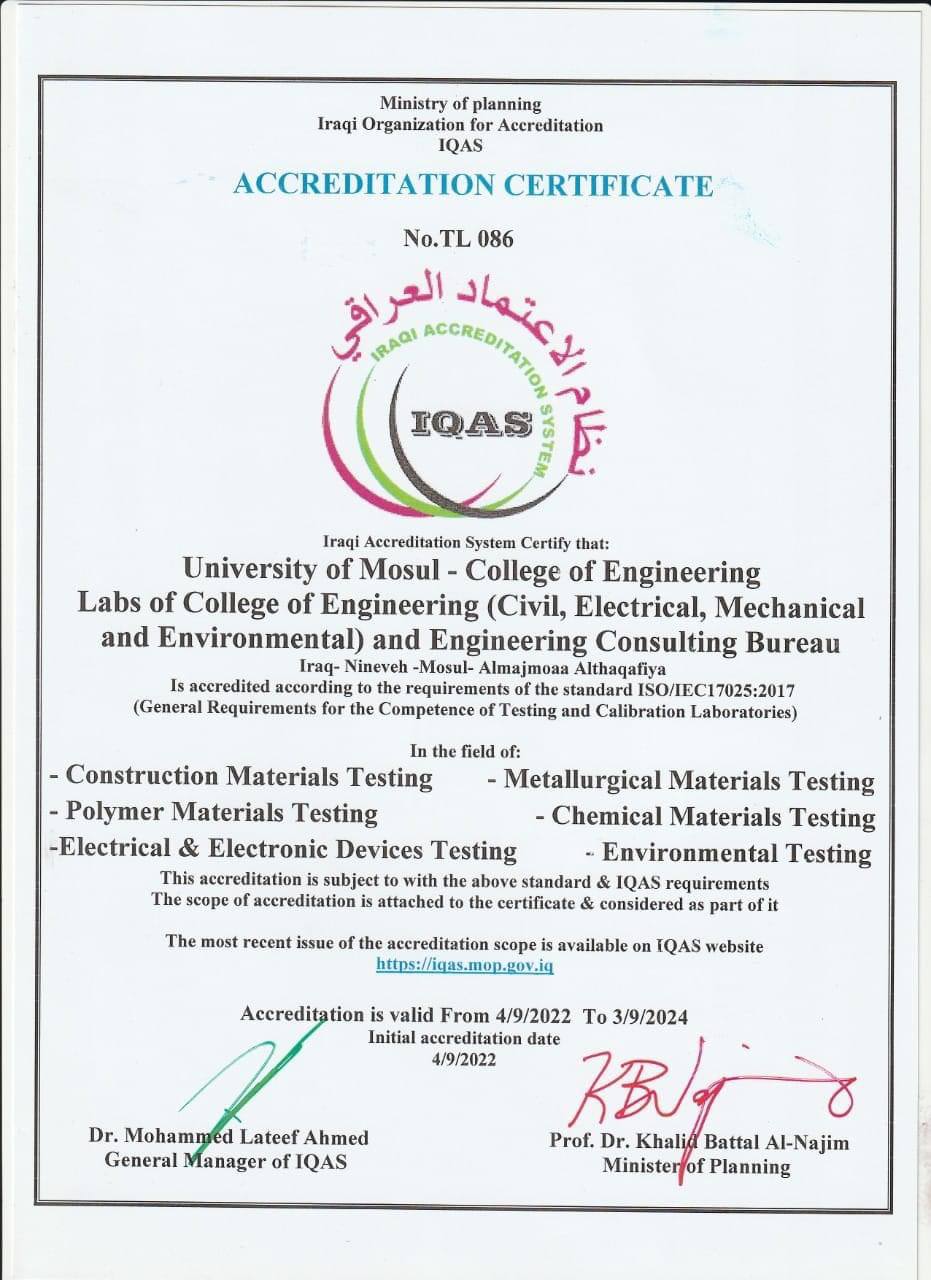20 February، 2022
Master Thesis on “Performance of Partially-Encased Composite Self-Connected Beams”
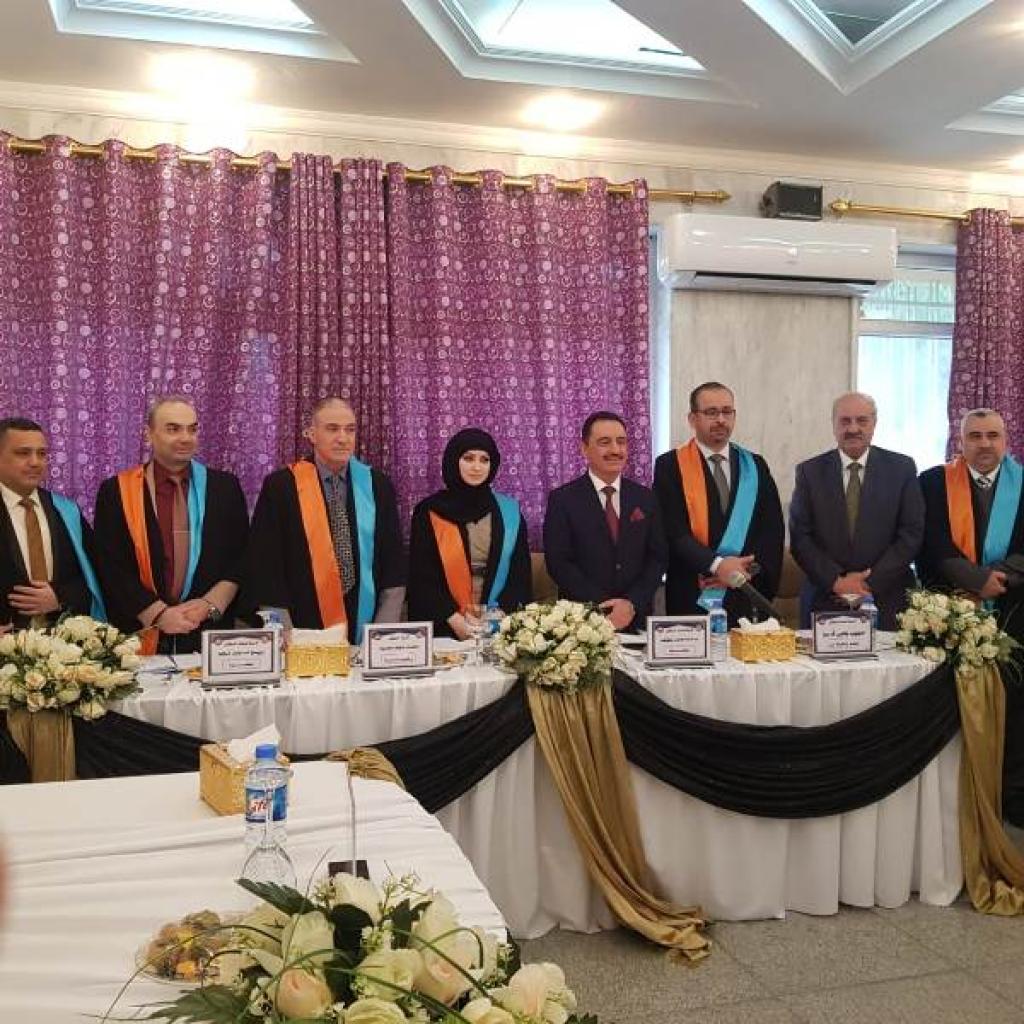
A master thesis was discussed in Department of Civil Engineering / College of Engineering / University of Mosul entitled “Performance of Partially-Encased Composite Self-Connected Beams” submitted by (Atyaf AbdulAzeez Maaroof Al-Obaidi), Supervised By Assist. Prof. Dr. Suhaib Yahya Kasimand Dr. Jasim Ali Abdullahon Sunday, Feb. 20, 2022.The thesis investigates the performance of perforated steel and partially-encased composited self-connected simply supported beams applied to three-points of loading. In order to achieve this goal the work is divided into two parts:- the first part deals with the production of self-compacting concrete. The mix proportion was limestone (75 kg/m3), superplasticizer (1%) by weight of (cement and filler) and (2%) of PVA also by weight of (cement and filler). Some of fresh concrete properties are tested like flow, spreading, passing, separation and segregation resistance. Some of the properties of hardened concrete are also measured like the compressive and splitting strength.The second part of the experimental study included investigating the behavior of steel beams and partially encased composite beams. The shape of web-openings was taken as a parameter. The openings’ shapes of perforated steel profiles and composite beams were square, rectangular and circular. The solid steel profiles are taken as control beams in both exposed and encased specimens. Eight tested specimens are divided into two groups: The first group includes the solid and the perforated steel beams and the second group includes composite beams reinforced with similar profiles. The composite beam constructed using perforated steel profile with square openings was reinforced with conventional reinforcement, and setting its stirrups passing through the openings to improve the self-connection. The test results indicate that the composite beams reinforced with perforated steel profiles exhibit higher composite performance than that reinforced with solid profiles. The concrete encasement minimizes the local deformation which improves the performance of the perforated steel profiles (50-300%), that leading to more ductile behavior and higher dissipation of energy. The square openings provide higher connectivity than other shapes due to the better arrangement of openings and presence of reinforced concrete. Also, the ductility coefficient and the ultimate interstory drift ratio of perforated steel beams were more significant than those of the solid specimen. The perforated specimen with square openings exhibited the highest ductility coefficient (5.21), while the ultimate interstory drift ratio of specimen perforated with rectangular openings was the highest (5.33%).In addition, the ratio the moment calculated from the experimental results to that calculated using the linear theory of stress distribution. The solid steel beam showed a linear behavior until the flexural yield occurred at the flanges, while the predicted moments of the perforated steel beam were higher than that experimentally measured. this difference can be attributed to the occurring of the local buckling failure of web.
